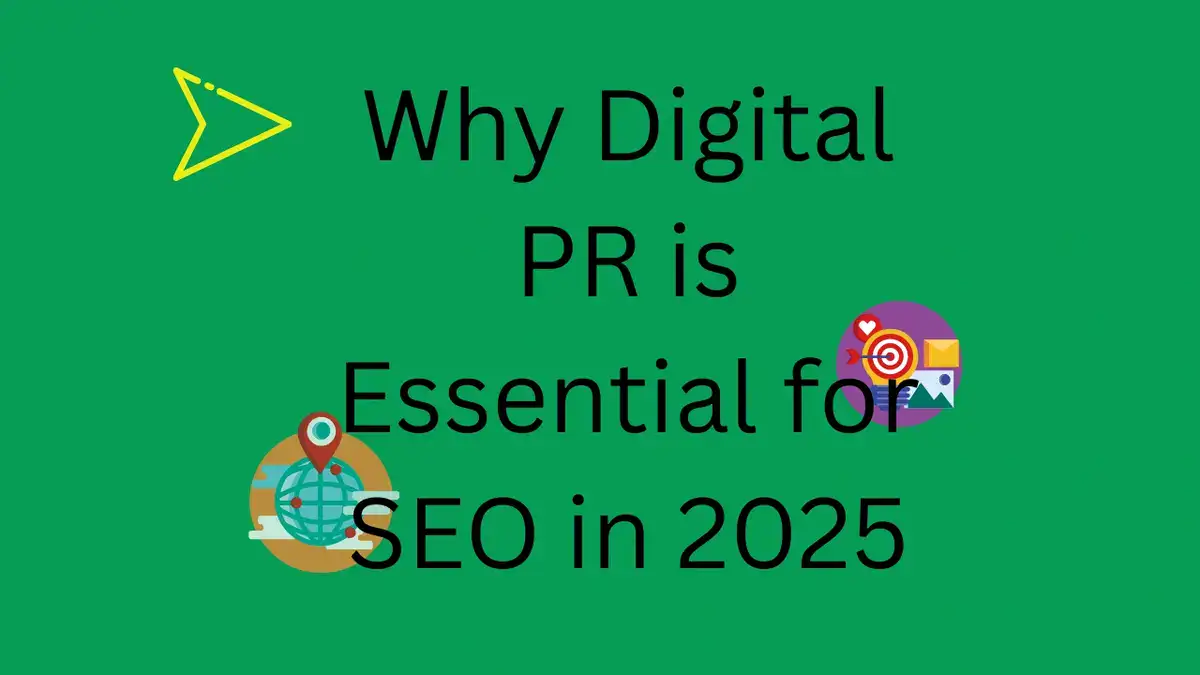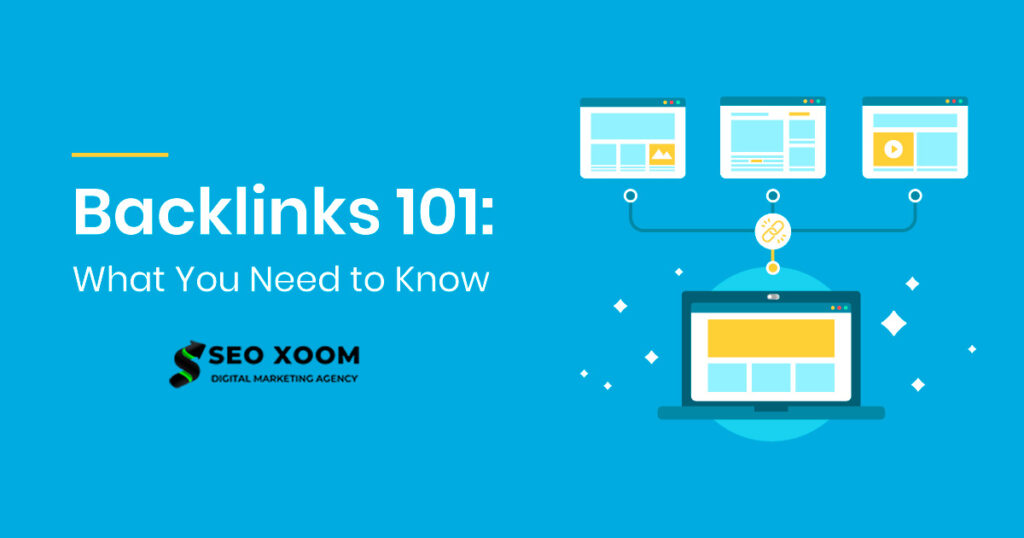In today’s competitive digital environment, traditional SEO tactics alone aren’t enough to break through the noise. That’s where Digital PR steps in—acting as a high-impact strategy that fuels visibility, builds brand authority, and earns natural backlinks from credible sources.

Unlike old-school PR that focuses on newspaper clippings and temporary buzz, Digital PR earns your business long-term value. It positions your brand in top-tier online publications, relevant blogs, podcasts, and news platforms—all while reinforcing your search engine rankings.
Let’s dive into how this powerful strategy works and why it’s becoming essential in every SEO toolbox.
What is Digital PR?
Digital PR is the practice of using public relations tactics to build your brand’s online presence, earn high-authority backlinks, and generate attention across the web. It includes:
- Publishing data-driven stories
- Launching creative campaigns
- Gaining coverage on digital news outlets and blogs
- Building relationships with journalists and influencers
- Earning brand mentions and backlinks
Unlike conventional link building, Digital PR doesn’t rely on spammy directories or guest post swaps. Instead, it earns editorial links from sources Google actually trusts.
Why Digital PR is Essential for SEO in 2025
1. High-Quality Backlinks That Actually Matter
Backlinks remain one of the most critical ranking signals in Google’s algorithm. But not all links are created equal. Digital PR secures links from:
- Top media outlets (e.g., Forbes, Wired, BBC)
- Authoritative industry blogs
- Niche sites with strong relevance
These backlinks serve as trust signals that elevate your website’s domain authority, helping you outrank competitors for money-making keywords.
2. Builds Brand Authority and Trust
Earning features in respected publications not only boosts SEO but also establishes your brand as a thought leader. When your business is cited in national news or linked by respected bloggers, it increases your credibility in both human and search engine eyes.
3. Drives Referral Traffic and Brand Searches
Every time your business is mentioned in a media outlet or popular blog, you attract more eyeballs to your site. This results in:
- Direct traffic from interested readers
- Increased brand searches on Google
- Higher click-through rates in search results
4. Future-Proof SEO for AI-Powered Search
As search evolves with generative features and answer-based interfaces, having your brand mentioned across trusted sources becomes more important than ever. Digital PR helps:
- Secure your spot in generative answer boxes
- Reinforce brand presence in AI-driven summaries
- Anchor your entity in Google’s knowledge graph
Read Also: WordPress vs Laravel: Choosing the Right Platform for Your Next Web Project
Key Elements of a Successful Digital PR Campaign
To make the most out of Digital PR, you need a structured, creative, and strategic approach. Here’s how:
1. Powerful Ideation
It all starts with a great idea. Think of headlines that make journalists want to click. Your campaign should be:
- Timely and relevant
- Data-driven or research-backed
- Emotionally engaging or surprising
- Aligned with your brand’s messaging
Example:
“70% of Remote Workers Report Health Decline: New Study Reveals Shocking Wellness Trends in 2025”
This kind of story is newsworthy and link-worthy.
2. Creative Asset Creation
Once you have your idea, bring it to life with engaging content such as:
- Infographics
- Visual reports
- Interactive tools
- Survey-based studies
The goal is to create something journalists want to link to.
3. Targeted Outreach to Media
After you’ve created your story, it’s time to pitch it to the right people. This includes:
- Journalists in your niche
- Bloggers with strong domain authority
- Editors of digital magazines or news portals
Build a media list, personalize your pitches, and maintain professional relationships for future collaborations.
4. Link Acquisition and Monitoring
Once your story goes live, monitor for coverage using tools like:
- Google Alerts
- Ahrefs or SEMrush for backlinks
- Mention.com for brand citations
If your story is shared but not linked, follow up politely to request a backlink. You’ll be surprised how often this works.
5. Performance Evaluation
Don’t forget to measure what matters:
- Number of referring domains
- Domain authority gains
- Keyword ranking improvements
- Referral traffic and leads generated
A successful campaign isn’t just about coverage—it’s about results.
Read Also: How Long Does SEO Take to Work? Google Finally Explains the Timeline
How Digital PR Supports E-E-A-T (Experience, Expertise, Authoritativeness, Trustworthiness)
Google continues to emphasize E-E-A-T signals in its ranking systems. Digital PR strengthens these components:
| E-E-A-T Signal | How Digital PR Helps |
|---|---|
| Experience | Highlights unique brand insights and case studies |
| Expertise | Earns coverage quoting your experts |
| Authoritativeness | Features in reputable outlets build authority |
| Trustworthiness | Quality editorial links signal reliability |
The more often your brand appears in trustworthy contexts, the more likely Google is to elevate your content in SERPs.
Real-World Example: Digital PR in Action
A fitness brand published a study on gym membership trends post-pandemic. The findings were shared with journalists, resulting in:
- Coverage in Men’s Health, Business Insider, and niche fitness blogs
- Over 100 high-quality backlinks
- 2,000% increase in organic traffic in 3 months
- Dominance of high-value keywords like “best home gym equipment 2025”
The campaign wasn’t about selling products directly—it was about creating a story that earned digital attention and translated into SEO power.
Challenges in Digital PR & How to Overcome Them
❌ Pitch Fatigue
Journalists get hundreds of emails a day.
Solution: Keep pitches short, relevant, and tailored. Add value upfront.
❌ Lack of Creative Ideas
Not every business feels newsworthy.
Solution: Mine internal data, conduct surveys, or comment on trending industry topics.
❌ Measurement Difficulties
Sometimes the results of PR aren’t instantly visible.
Solution: Use UTMs, track keyword changes, and benchmark brand search volume before/after.
❌ Internal Buy-In
Your marketing team may struggle to justify PR investment.
Solution: Present competitor case studies and highlight the SEO benefits clearly.
Getting Started: Launching Your First Campaign
You don’t need a huge budget or a PR agency to start. Follow these simple steps:
- Pick a timely topic relevant to your industry
- Create a compelling story or report backed by data
- Design a simple visual (infographic or graph)
- Write a media pitch and find 10-15 relevant journalists
- Send out your pitch and follow up
- Track backlinks, brand mentions, and referral traffic
- Optimize your content for conversion on your site
Start small, build confidence, and scale your campaigns over time.
Key Notes
- Digital PR is an essential SEO strategy in 2025, going beyond backlinks to support trust, brand awareness, and AI search visibility.
- Focus on creating newsworthy content that earns attention from reputable sources.
- Backlinks from Digital PR are higher quality than traditional link building efforts.
- Use Digital PR to enhance Google’s E-E-A-T signals and brand authority.
- Measure success through links, rankings, traffic, and brand search lift.
- Start with one well-executed campaign and grow your strategy from there.
Read Also: Mastering Google Search Console’s URL Inspection Tool: 7 Powerful SEO Use Cases You Should Know
Conclusion
Digital PR is no longer just a buzzword—it’s a strategic necessity for brands that want to rise above the competition in search results. With the evolving nature of search, driven by conversational tools, trust signals, and content quality, building your online authority has never been more important.
By launching smart, creative campaigns and earning attention from respected publications, you don’t just build links—you build your reputation.
Ready to take your SEO to the next level? Start planning your Digital PR campaign today and see the lasting benefits in rankings, reach, and revenue.



